Log in or create new account to save this product to your wishlist.
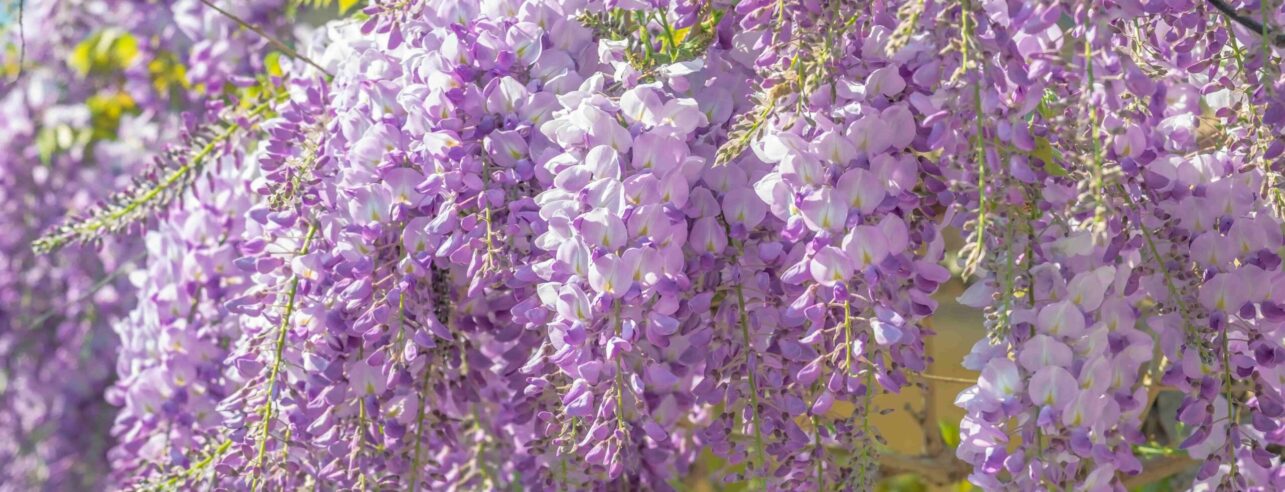
Growing Wisteria Made Simple: From Planting to Perfect Blooms
With blossoms like a purple waterfall, Wisteria sets an almost magical and colourful mood. If you want to grow this beauty in your garden, you’ll need a bit of patience. Don’t worry, it will most definitely pay off.
🌱 All important maintenance moments for your lawn during the year. Leave your email and we will send you the lawn calendar for free.
Enter your email
Receive the lawn calendar in the mail
Enjoy a green lawn all year round!

- Order by 2PM = shipped today
- 250.000+ satisfied customers!
- 60 day satisfaction guarantee
Imagine stepping into your garden each spring as cascades of fragrant, purple blooms transform your outdoor space into something magical. This could be your reality with wisteria, one of the most rewarding climbers you can grow in British gardens.
- Plant profile
- Planting wisteria the right way
- Training and early growth
- Feeding, watering and seasonal wisteria care
- Caring for wisteria in pots or ground
- Common issues with wisteria
- FAQs about wisteria care
- Ready to get planting?
While this showstopper requires some patience and care, your investment will be repaid with decades of spectacular flowering displays. Whether you’re looking to adorn a pergola, clothe a house wall, or create a stunning focal point, this guide will help you successfully establish and nurture this garden classic, ensuring your wisteria becomes the crowning jewel of your neighbourhood’s landscape.
Plant profile
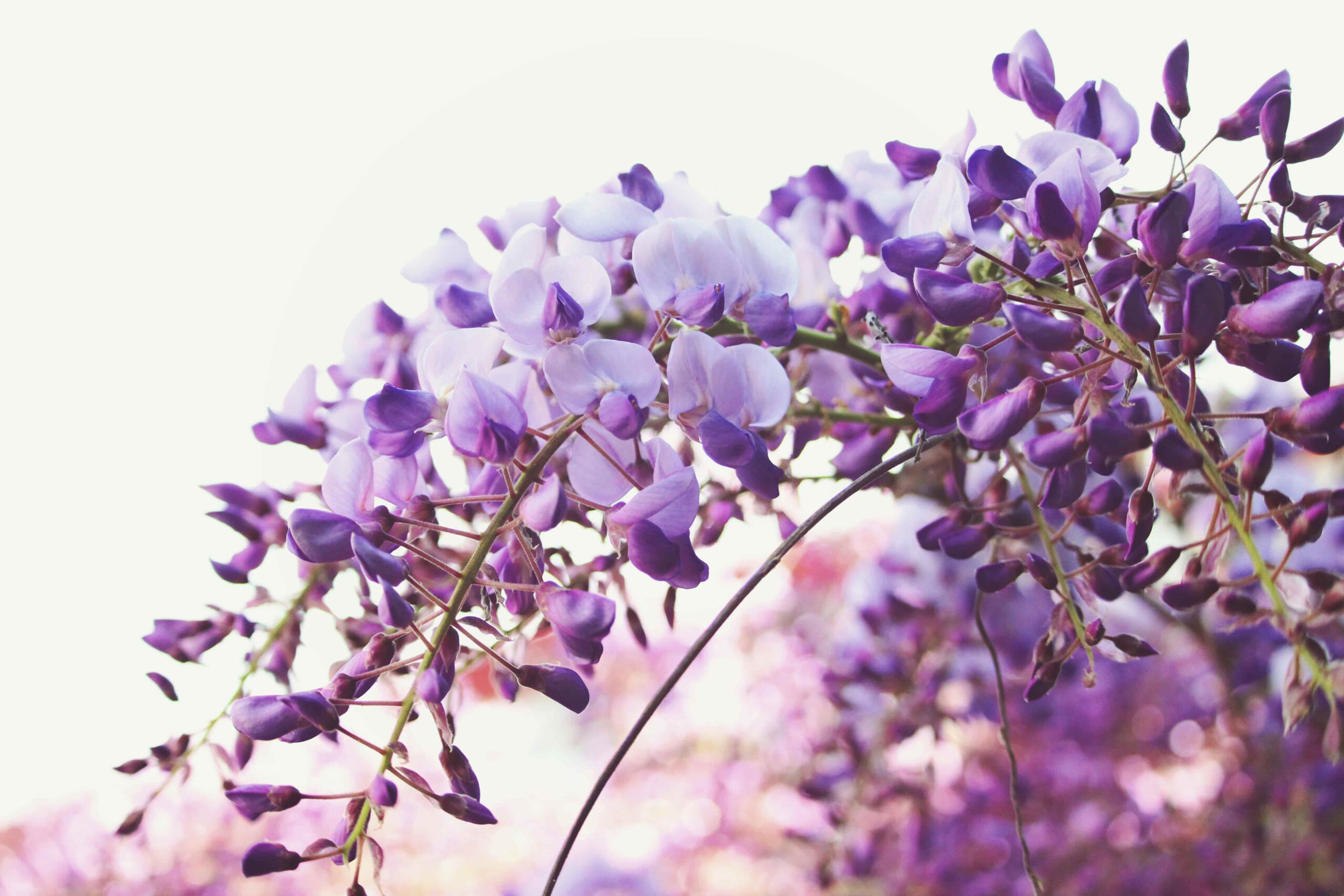
-
Light: Wisteria thrives in full sun in the UK climate. Plant in a south or west-facing position for optimal flowering.
-
Soil: Well-draining soil is essential for wisteria. While it's not particularly fussy about soil type, good drainage is crucial. It prefers slightly acidic to neutral pH soils (pH 6.0 – 7.0).
-
Watering: Once established, wisteria has average water needs. Plants will dry out quickly on light or sandy soil, so keep them well-watered, particularly when newly planted and during dry periods in the summer.
-
Pruning: Wisteria requires regular pruning twice a year to control its vigorous growth and encourage flowering. First prune in late winter (February), shortening shoots to 2-3 buds (about 10 cm/4 in) to tidy the plant before flowering. Then prune again in July/August, cutting back the whippy growth to five or six leaves (about 30 cm/1 ft). This encourages wood to ripen and improves flower bud formation.
-
Feeding: o not fertilize wisteria with nitrogen-rich fertilizers as these plants fix their own nitrogen and excess can inhibit flowering. Instead, use phosphorus-rich fertilizers in early spring to encourage blooms.
Planting wisteria the right way
The foundation of a stunning wisteria display begins with proper planting.
Wisteria naturally grows as a woody vine, though it can be trained into a tree-like form. A wisteria ‘tree’ is simply a vine trained to a standard or tree-like shape. The vine form offers the most dramatic display when trained over pergolas, trellises, or along walls.
Alternatively, a wisteria tree serves as a striking focal point in your garden. The tree form requires significant patience and regular pruning to maintain its shape, as wisteria naturally wants to spread.
When and how to plant wisteria
The optimal time for planting wisteria is during spring or autumn. This timing allows the plant to develop a robust root system before facing summer growth or winter cold. Container-grown wisteria can technically be planted year-round, provided the ground isn’t frozen or completely dry.
Choose a sunny, sheltered spot facing south or west for your wisteria. This position provides maximum sunlight exposure, which is crucial for flower production. Plant at least 30 cm (12 in) away from any support structure, as the roots and stems will expand significantly over time.
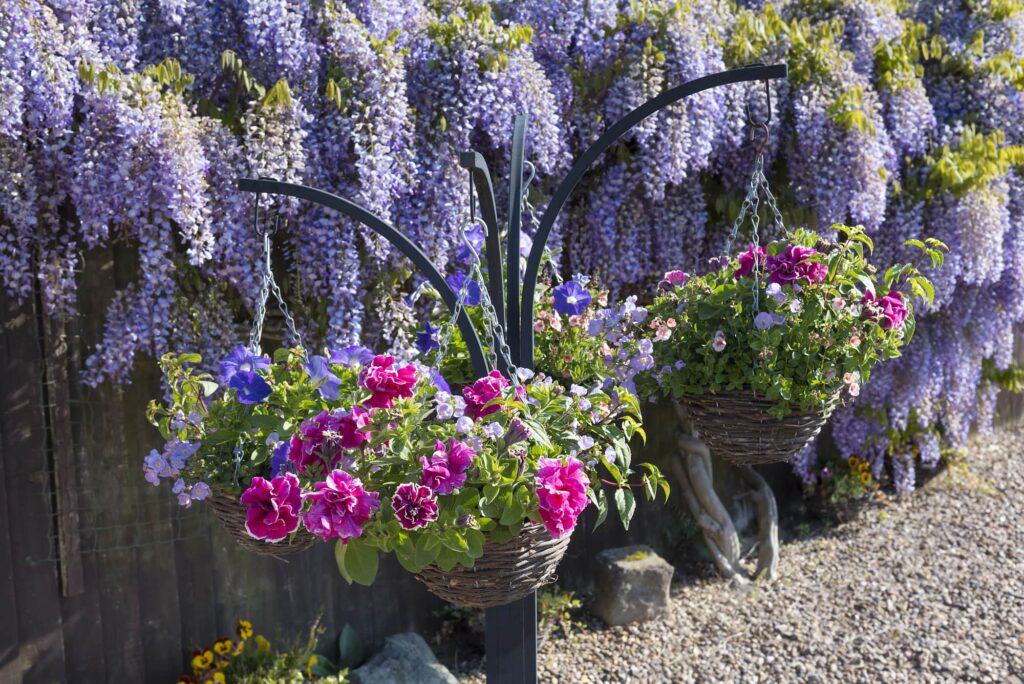
Soil preparation and planting depth
Wisteria thrives in well-drained, fertile soil. Before planting, improve your soil by mixing in:
- Garden compost
- Peat moss or coco-fibre
- Organic materials like grass clippings or shredded leaves
Dig a hole twice as wide as the root ball and at least as deep. Place your wisteria at the same depth it was previously growing, making sure the graft union (if present) is slightly below soil level. Subsequently, backfill with your prepared soil mix, gently firm to remove air pockets, and water thoroughly.
For those interested in container growing, select a large pot at least 45 cm (18 in) in diameter filled with loam-based compost. Nevertheless, be aware that wisteria generally performs better in the ground due to its extensive root system.
Training and early growth
The early training of your wisteria establishes the foundation for years of beautiful blooms.
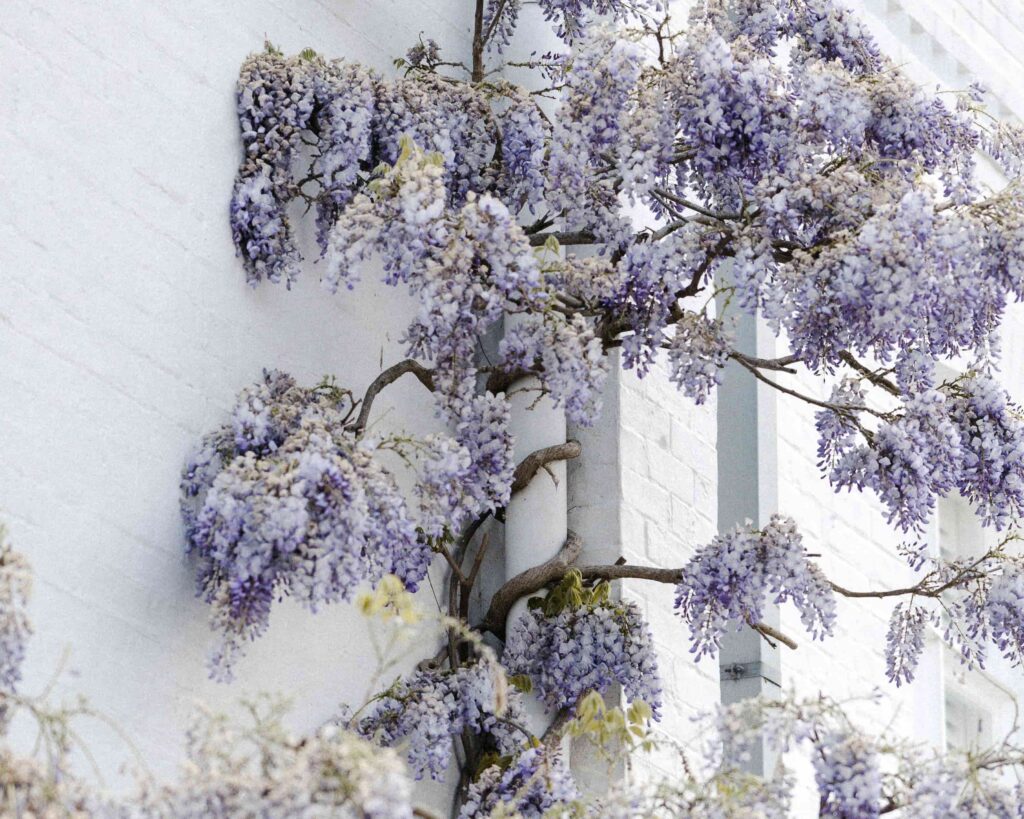
How to train wisteria on walls or pergolas
Training wisteria requires patience and planning. For wall-growing, the espalier method works effectively, creating a framework of horizontal branches. Install horizontal support wires made of 3 mm galvanised steel, spaced approximately 30 – 45 cm (12 – 18 in) apart. This spacing allows the plant to develop a strong spur system over time.
For pergolas, begin by positioning your wisteria about 20 – 30 cm (8 – 12 in) away from the support post. Select 2 – 3 strong shoots and allow them to twine loosely around the post as they climb. Once these shoots reach the top of the pergola, prune off their tips to encourage side shoots that will spread across the horizontal beams.
Remember that wisteria needs robust support structures. The plant becomes incredibly heavy as it matures, potentially pulling down inadequate supports.
Supporting young plants with wires or trellis
Initially, install vine eyes securely into your wall or support structure. These should be placed about 1 – 2 m (3.3 – 6.6 ft) apart horizontally and 30 – 60 cm (12 – 24 in) vertically. Thread galvanised wire through these eyes and use turnbuckle tensioners to create a taut support system.
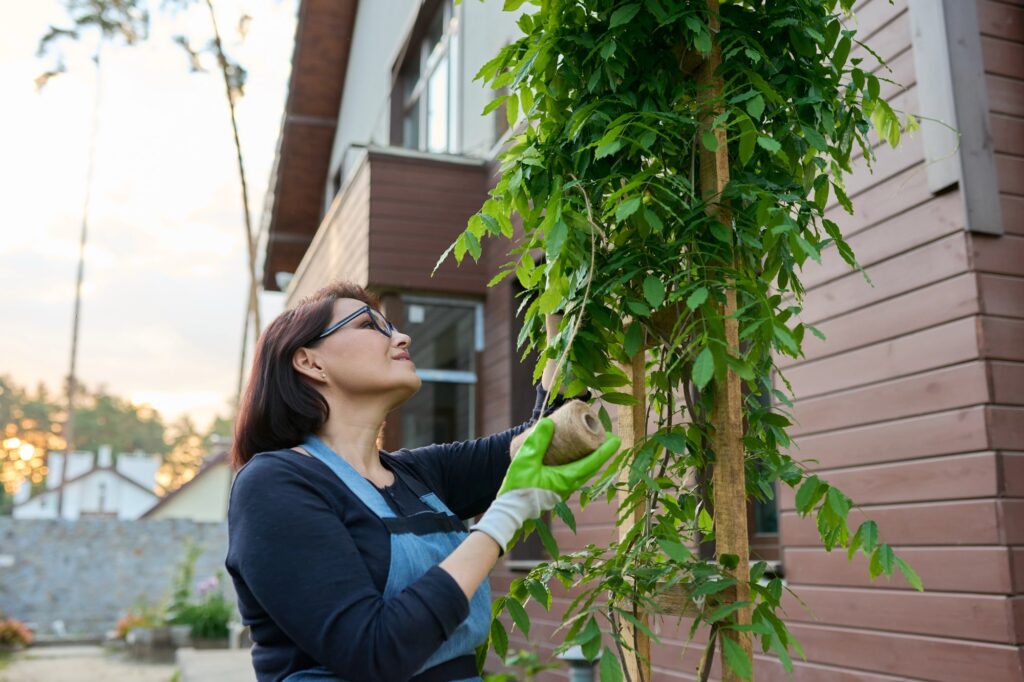
For young plants, secure them to these supports using:
- Garden twine (never metal ties, which can damage stems)
- Loose ties allowing for growth
- Ties spaced roughly 30 cm (12 in) apart along stems
As your wisteria grows, guide the main stem upward and train lateral branches along horizontal wires. This training process typically takes 2 – 3 years to establish a proper framework.
Feeding, watering and seasonal wisteria care
Successful wisteria demands attention to a few key maintenance tasks throughout the growing season for those magnificent blooms to appear.
How often to water wisteria
First-year wisterias benefit from regular watering to establish a strong root system. Once established, however, these hardy plants typically only require supplementary watering during dry periods. Especially between July and September, additional water is appreciated, as this is when next year’s flower buds form. For newly planted wisteria, water every 2 – 3 days if there’s no rainfall to keep soil moist but not waterlogged.
What type of fertiliser to use and when
Apply a high-potash fertiliser in spring to encourage flowering. Options include:
- Rose or flowering shrub fertilisers
- Blood, fish, and bone meal
- Liquid tomato fertiliser (especially for container plants)
Crucially, avoid high-nitrogen feeds, as they promote leafy growth at the expense of flowers. On sandy soils, add sulphate of potash at 20 g per square metre to compensate for low potassium levels.
Caring for wisteria in pots or ground
Container-grown wisterias need considerably more attention than those in the ground. Use a large container at least 45 cm (18 in) in diameter with loam-based potting compost. Potted plants require more frequent watering—check when the top few centimetres of soil feel dry. Additionally, they require regular feeding with liquid tomato fertiliser or controlled-release fertiliser mixed into the compost.
Protecting from frost and harsh weather
Spring frosts can damage developing flower buds. For protection, select a sheltered position where possible. In regions with harsh winters, mulch the base with organic matter like compost. Newly planted or struggling plants may benefit from winter protection—wrapping burlap around the plant can safeguard blossom buds from extreme cold.
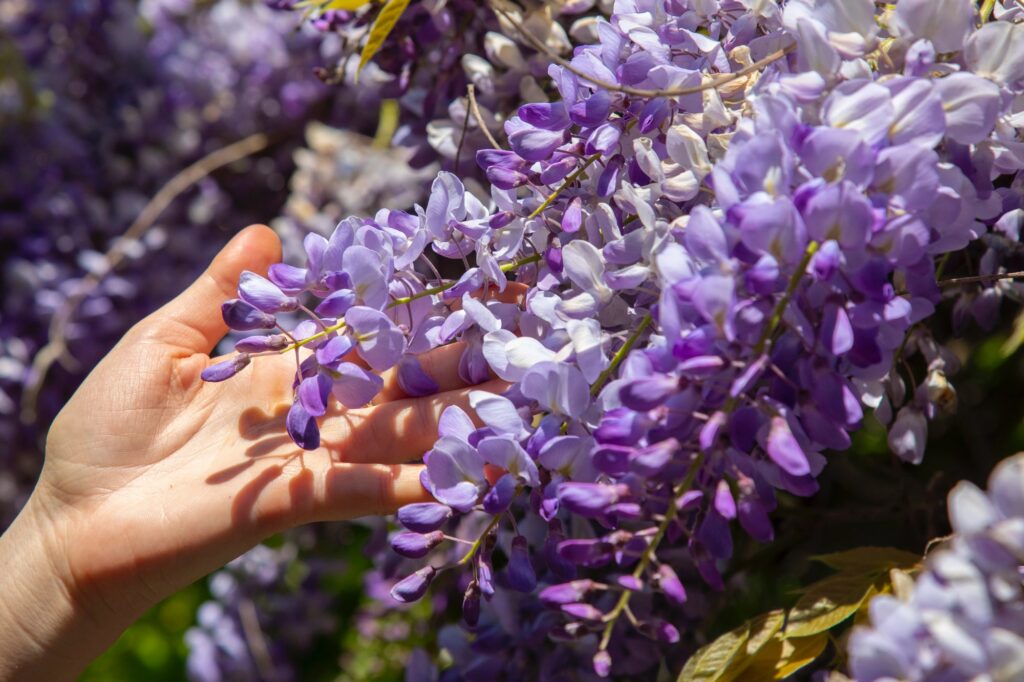
Propagation and problem-solving
Taking wisteria cuttings involves selecting 7.5 – 15 cm (3 – 6 in) sections of softwood (green stems without woody bark) in late spring or early summer. Remove leaves from the lower half of each cutting, trim the bottom to 0.6 cm (1/4 in) below the lowest node, and dip in rooting hormone. Plant in moistened potting soil, cover with plastic to maintain humidity, and place in bright, indirect light. Cuttings typically root within 4 – 6 weeks.
Alternatively, layering produces excellent results. For this method:
- Select a flexible stem and notch it 23 cm (9 in) below the growing tip
- Bury this portion in soil while leaving the top 15 cm (6 in) exposed
- Keep the soil moist until roots form over summer
- Disconnect from the parent plant once established
Common issues with wisteria
Non-flowering often results from excessive nitrogen, which promotes foliage rather than blooms. Correspondingly, applying phosphate fertiliser or root-pruning can remedy this. Furthermore, wisterias need 7 – 15 years to mature enough to flower when grown from seed.
Yellow leaves might indicate iron deficiency, poor drainage, fungal disease, or pest infestation. Indeed, wisteria prefers slightly acidic soil; overly alkaline conditions prevent proper nutrient uptake. Moreover, scale insects and aphids can be controlled with insecticidal soap or neem oil.
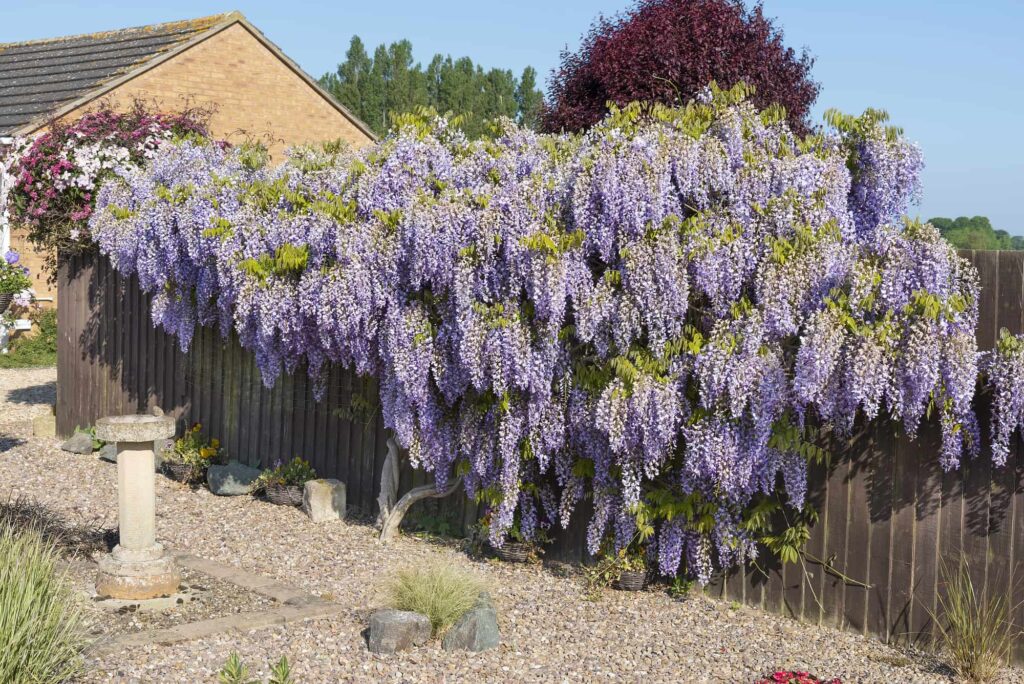
FAQs about wisteria care
Wisteria typically takes 3 – 5 years to flower after planting. However, named varieties propagated from cuttings or grafts may bloom within the first couple of years, while those grown from seed can take 7 – 15 years to mature enough to flower.
Established wisteria only needs watering during dry periods, especially between July and September. Apply a high-potash fertiliser in spring to encourage flowering, but avoid high-nitrogen feeds as they promote leafy growth at the expense of flowers.
Yes, wisteria can thrive in containers if you use a pot at least 45 cm (18 in) in diameter filled with loam-based compost. Certain varieties like Wisteria brachybotrys, Wisteria floribunda, and Wisteria sinensis perform best in containers. Potted wisteria requires more frequent watering and feeding than those planted in the ground.
Ready to get planting?
Now you should have all the information you need to get started. Later on, you might want to know how to prune wisteria. We have a guide for that as well. If you are interested in learning more about other climbing plants, discover our articles about grapes, English ivy and the best evergreen climbers. For tips or expert advice for questions, please leave a comment.
Happy gardening!
-
Orchids: A Complete Guide on How to Care for ThemWant to give your orchid the best possible care? Discover essential tips from placement to watering and pruning. Learn everything you need to know!Read more
-
How to Build a DIY Greenhouse: A Practical Guide for Smart SpendersImagine extending your growing season throughout the year, nurturing tender plants regardless of the weather, and creating a personal garden sanctuary. This is precisely what a DIY greenhouse offers you. Let’s learn how to build one.Read more
-
How to Grow Eucalyptus in British GardensWith a little love and care, eucalyptus trees can thrive in English gardens. Since they don’t germinate well without proper help, there are not considered invasive. So, there is no reason not to plant them if you enjoy their looks.Read more
-
Transform Your Garden with All-Year-Round Flowering PlantsDid you know you can enjoy blooming flowers even in January? With the right selection of all year round plants, there’s no need to wait until spring to add some colour to your garden.Read more
-
How to Create a Butterfly Garden: A Simple Guide for British GardensThe UK's butterfly population includes 59 different species. These beautiful winged creatures face a steady decline because of habitat loss, pollution and changing weather patterns. Your garden can become a vital link between nature reserves and natural habitats. Let’s explore how.Read more
-
Volcanic Rock Dust for Your Garden—Application and TipsDid you know that volcanic rock dust is a brilliant organic soil improver? This article explains exactly what it's good for and how to use it properly.Read more
-
How to Use Landscape Fabric ProperlyIf weeds or erosion in your garden are troubling you, landscape fabric might be the solution. We’ll explain how and when to use it properly, just keep on reading.Read more
-
Hostas: A Complete Care GuideIf you have a north-facing garden or some shady corners on your property, hostas are the plants for you. These green delights thrive particularly well in partial to full shade and require consistently moist soil to perform at their best.Read more
Leave a comment
Your answer will be displayed on the site and the interested party will be notified by email.
Leave a comment
Have a question or want to share your experience? Leave us a comment.
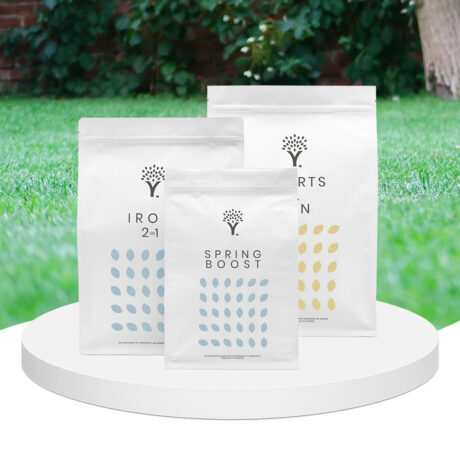
- Order by 2PM = shipped today
- 250.000+ satisfied customers!
- 60 day satisfaction guarantee
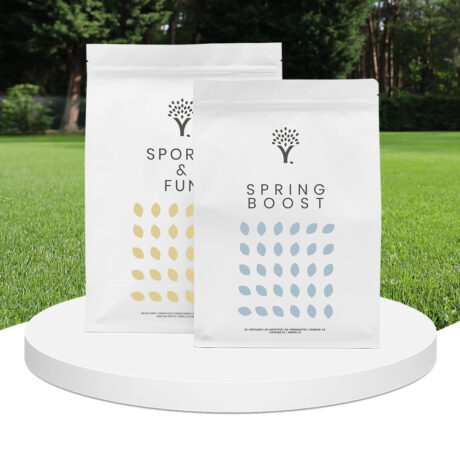
- Order by 2PM = shipped today
- 250.000+ satisfied customers!
- 60 day satisfaction guarantee
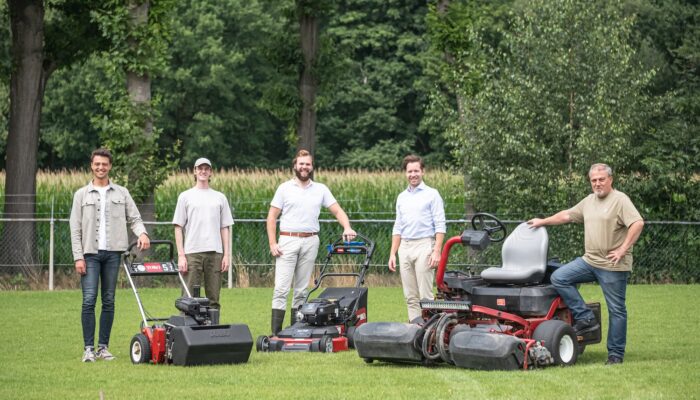
🌱 All important maintenance moments for your lawn during the year. Leave your email and we will send you the lawn calendar for free.
Enter your email
Receive the lawn calendar in the mail
Enjoy a green lawn all year round!


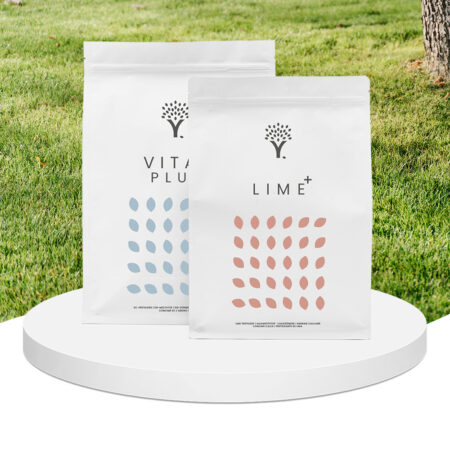


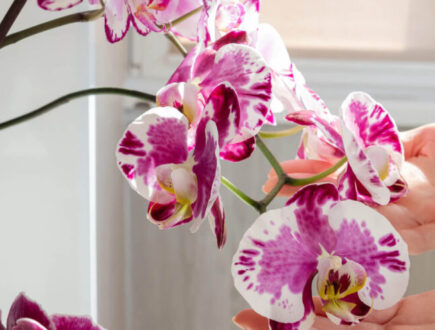

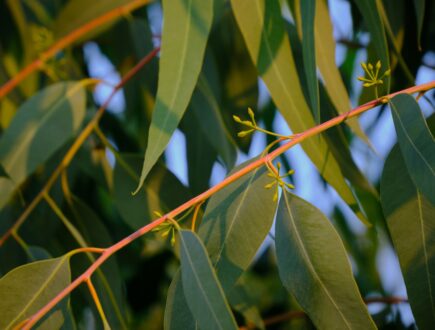
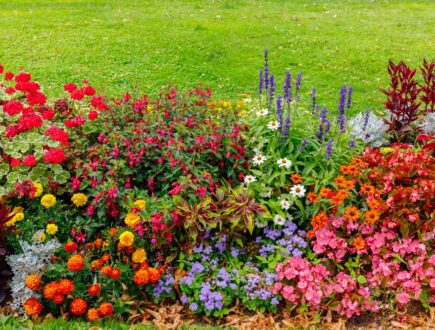
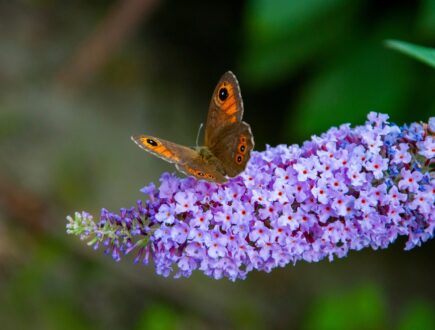

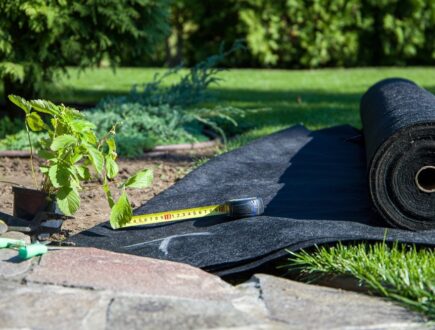
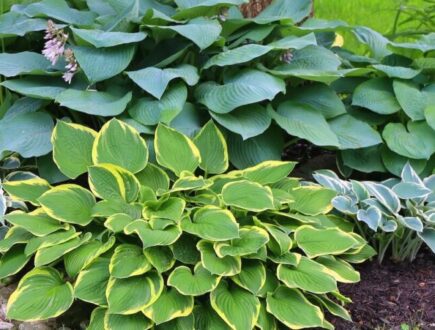
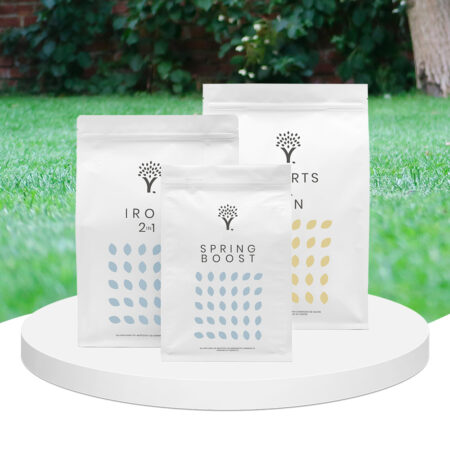
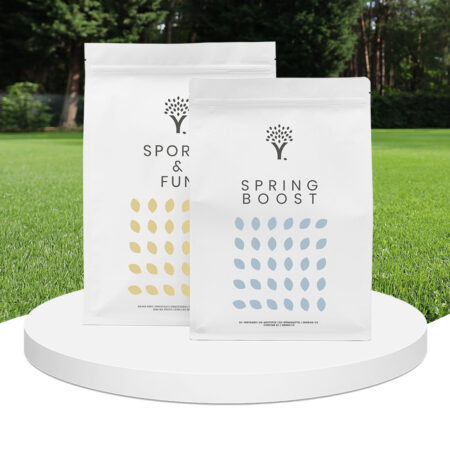
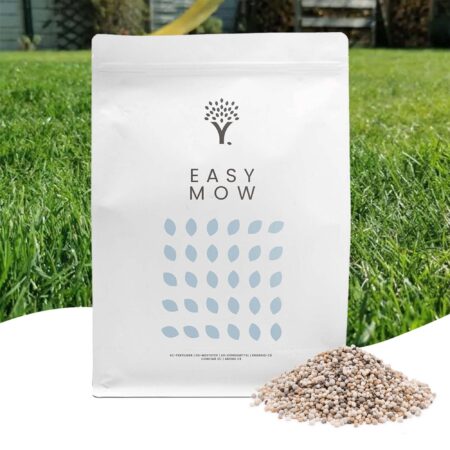
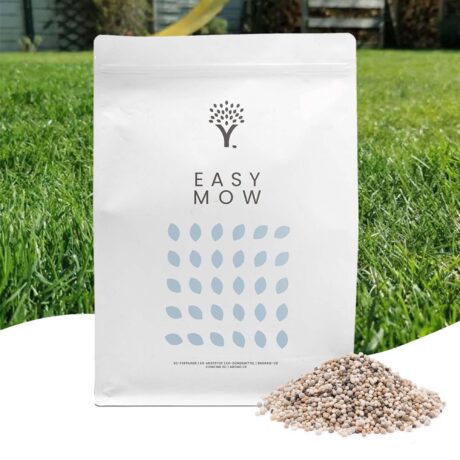

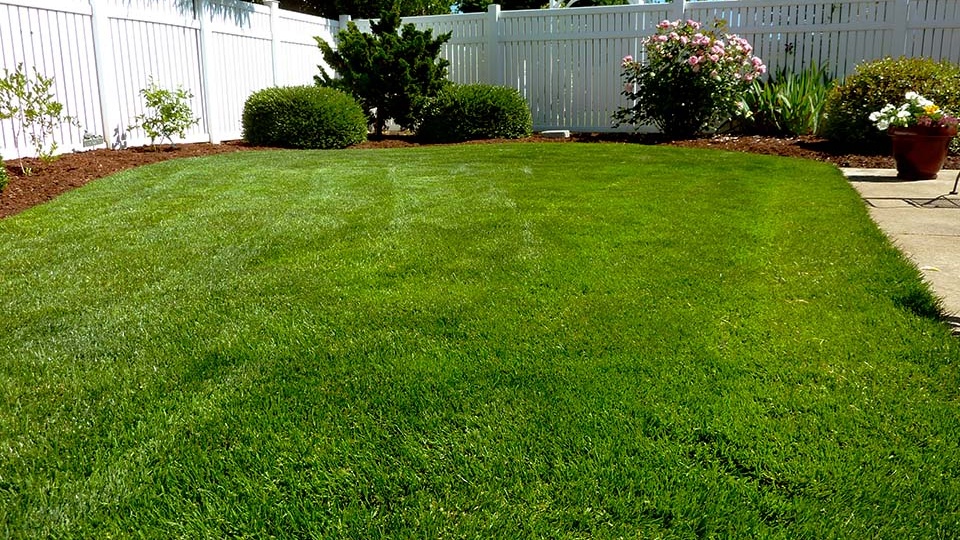
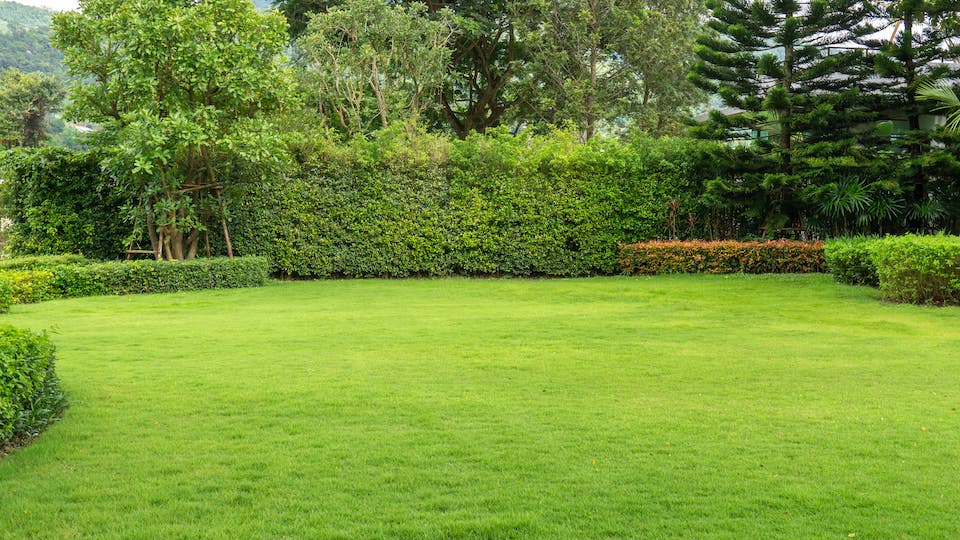
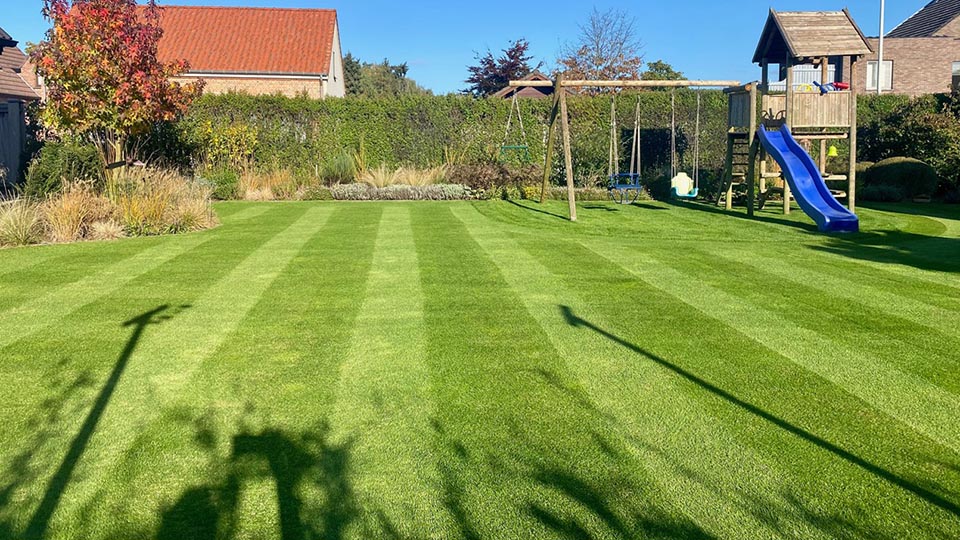
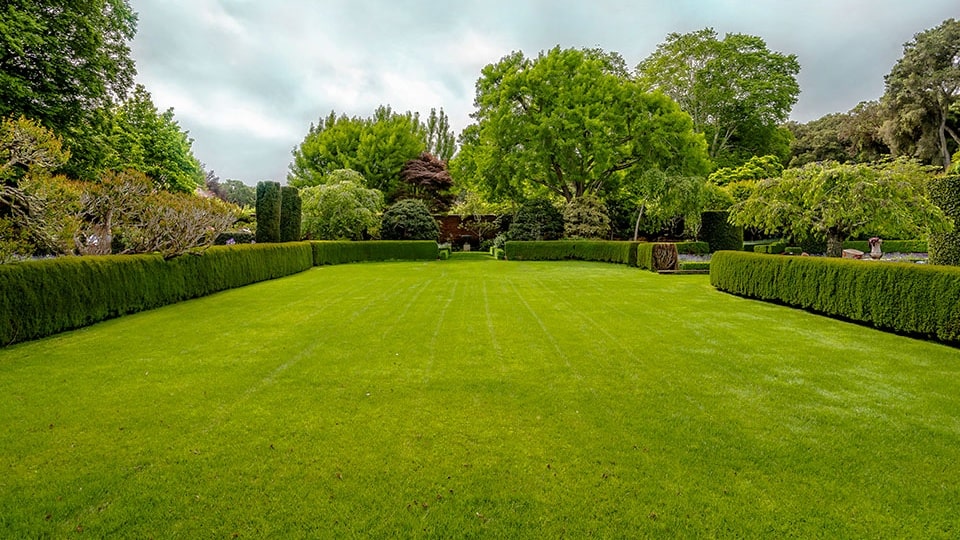
Comments (0)
There are no comments yet. Well then, what are you waiting for to
Be the first to write your comment!inaugurate this pretty page?
Do you have some comments?